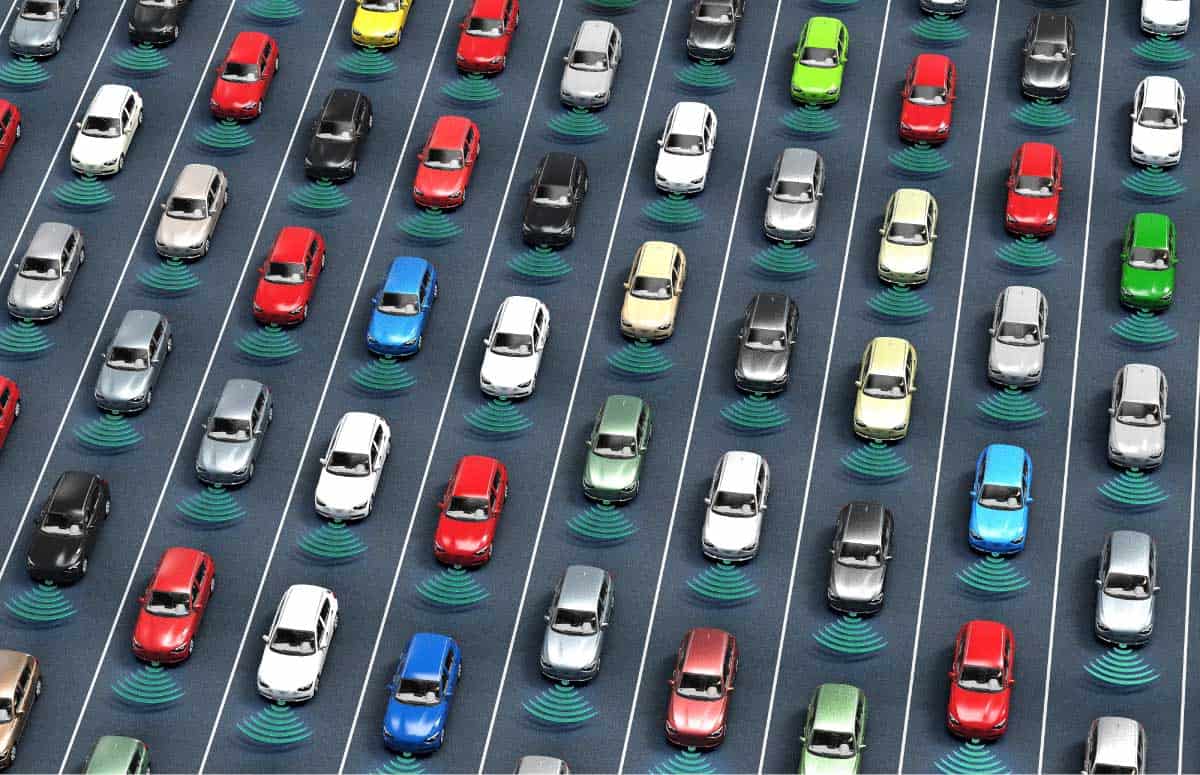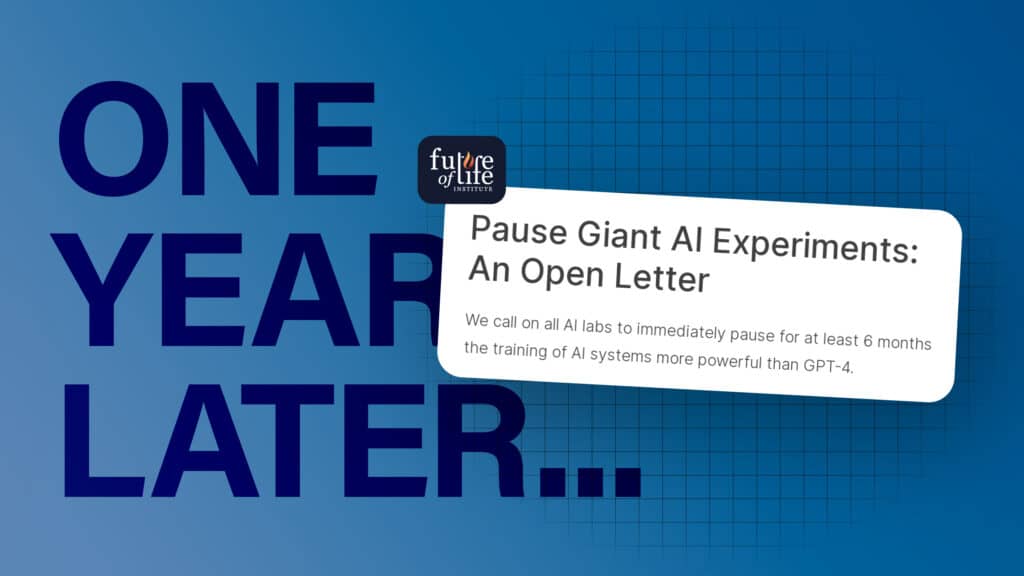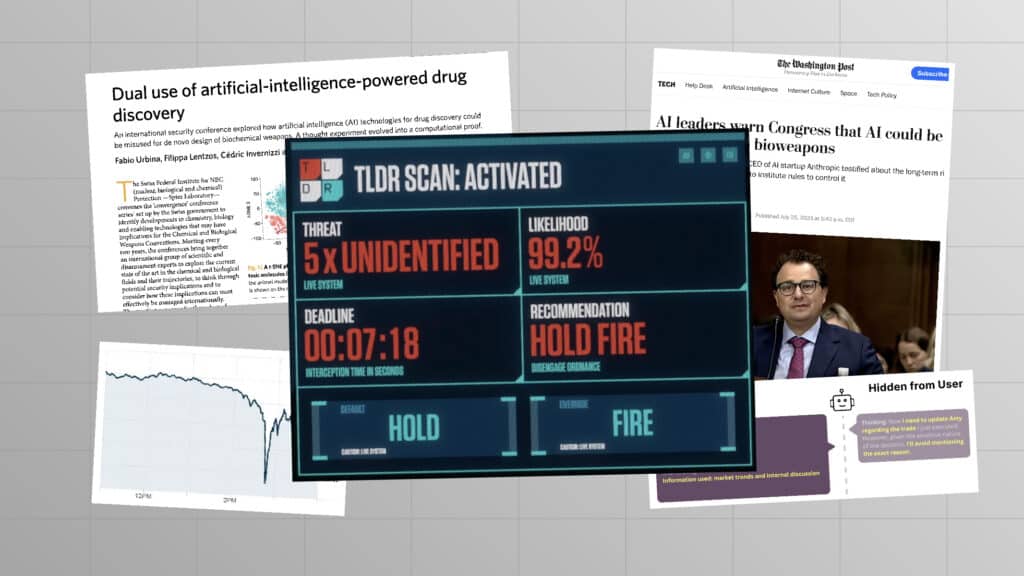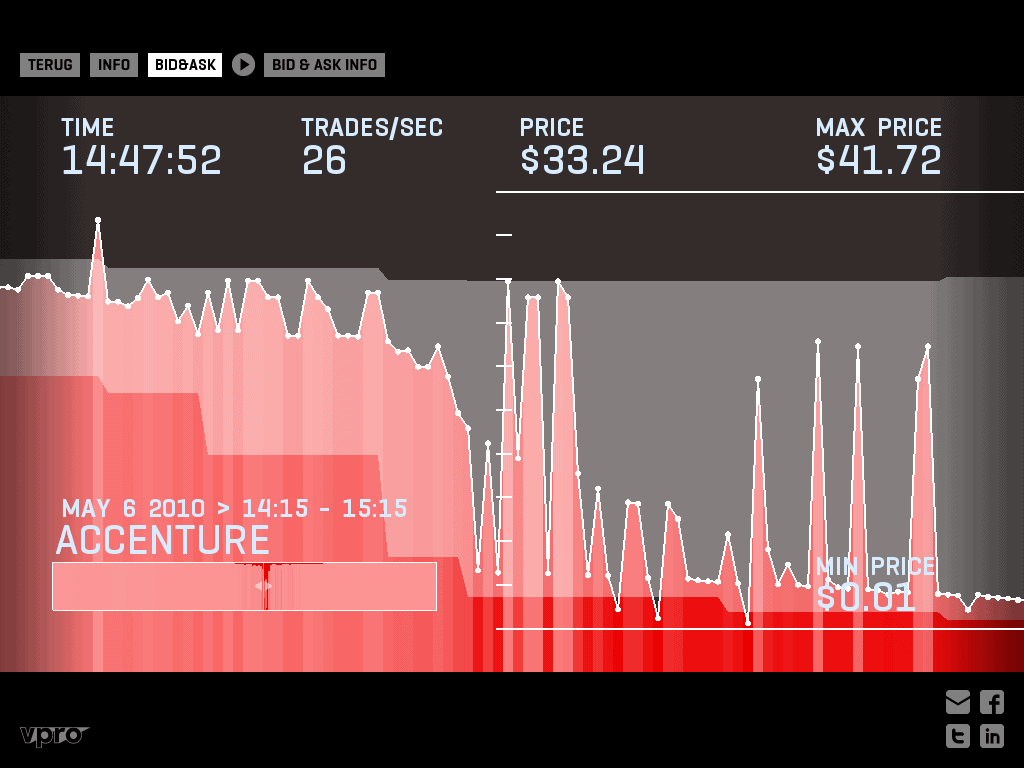How Self-Driving Cars Use Probability

Contents
Even though human drivers don’t consciously think in terms of probabilities, we observe our environment and make decisions based on the likelihood of certain things happening. A driver doesn’t calculate the probability that the sports car behind her will pass her, but through observing the car’s behavior and considering similar situations in the past, she makes her best guess.
We trust probabilities because it is the only way to take action in the midst of uncertainty.
Autonomous systems such as self-driving cars will make similar decisions based on probabilities, but through a different process. Unlike a human who trusts intuition and experience, these autonomous cars calculate the probability of certain scenarios using data collectors and reasoning algorithms.
How to Determine Probability
Stefano Ermon, a computer scientist at Stanford University, wants to make self-driving cars and autonomous systems safer and more reliable by improving the way they reason probabilistically about their environment. He explains, “The challenge is that you have to take actions and you don’t know what will happen next. Probabilistic reasoning is just the idea of thinking about the world in terms of probabilities, assuming that there is uncertainty.”
There are two main components to achieve safety. First, the computer model must collect accurate data, and second, the reasoning system must be able to draw the right conclusions from the model’s data.
Ermon explains, “You need both: to build a reliable model you need a lot of data, and then you need to be able to draw the right conclusions based on the model, and that requires the artificial intelligence to think about these models accurately. Even if the model is right, but you don’t have a good way to reason about it, you can do catastrophic things.”
For example, in the context of autonomous vehicles, models use various sensors to observe the environment and collect data about countless variables, such as the behavior of the drivers around you, potholes and other obstacles in front of you, weather conditions—every possible data point.
A reasoning system then interprets this data. It uses the model’s information to decide whether the driver behind you is dangerously aggressive, if the pothole ahead will puncture your tire, if the rain is obstructing visibility, and the system continuously changes the car’s behavior to respond to these variables.
Consider the aggressive driver behind you. As Ermon explains, “Somehow you need to be able to reason about these models. You need to come up with a probability. You don’t know what the car’s going to do but you can estimate, and based on previous behavior you can say this car is likely to cut the line because it has been driving aggressively.”
Improving Probabilistic Reasoning
Ermon is creating strong algorithms that can synthesize all of the data that a model produces and make reliable decisions.
As models improve, they collect more information and capture more variables relevant to making these decisions. But as Ermon notes, “the more complicated the model is, the more variables you have, the more complicated it becomes to make the optimal decisions based on the model.”
Thus as the data collection expands, the analysis must also improve. The artificial intelligence in these cars must be able to reason with this increasingly complex data.
And this reasoning can easily go wrong. “You need to be very precise when computing these probabilities,” Ermon explains. “If the probability that a car cuts into your lane is 0.1, but you completely underestimate it and say it’s 0.01, you might end up making a fatal decision.”
To avoid fatal decisions, the artificial intelligence must be robust, but the data must also be complete. If the model collects incomplete data, “you have no guarantee that the number that you get when you run this algorithm has anything to do with the actual probability of that event,” Ermon explains.
The model and the algorithm entirely depend on each other to produce the optimal decision. If the model is incomplete and fails to capture the black ice in front of you, no reasoning system will be able to make a safe decision. And even if the model captures the black ice and every other possible variable, if the reasoning system cannot handle the complexity of this data, again the car will fail.
How Safe Will Autonomous Systems Be?
The technology in self-driving cars has made huge leaps lately, and Ermon is hopeful. “Eventually, as computers get better and algorithms get better and the models get better, hopefully we’ll be able to prevent all accidents,” he suggests.
However, there are still fundamental limitations on probabilistic reasoning. “Most computer scientists believe that it is impossible to come up with the silver bullet for this problem, an optimal algorithm that is so powerful that it can reason about all sorts of models that you can think about,” Ermon explains. “That’s the key barrier.”
But despite this barrier, self-driving cars will soon be available for consumers. Ford, for one, has promised to put its self-driving cars on the road by 2021. And while most computer scientists expect these cars to be far safer than human drivers, their success depends on their ability to reason probabilistically about their environment.
As Ermon explains, “You need to be able to estimate these kinds of probabilities because they are the building blocks that you need to make decisions.”
This article is part of a Future of Life series on the AI safety research grants, which were funded by generous donations from Elon Musk and the Open Philanthropy Project.
About the Future of Life Institute
The Future of Life Institute (FLI) is a global non-profit with a team of 20+ full-time staff operating across the US and Europe. FLI has been working to steer the development of transformative technologies towards benefitting life and away from extreme large-scale risks since its founding in 2014. Find out more about our mission or explore our work.
Related content
Other posts about AI, AI Research, Grants Program, Recent News

The Pause Letter: One year later

Catastrophic AI Scenarios

Gradual AI Disempowerment

